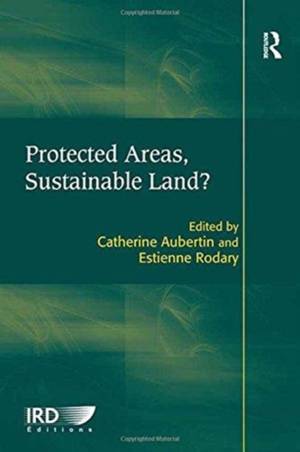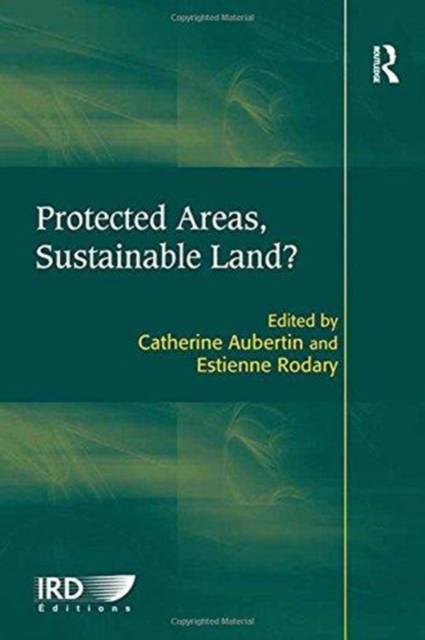
- Afhalen na 1 uur in een winkel met voorraad
- Gratis thuislevering in België vanaf € 30
- Ruim aanbod met 7 miljoen producten
- Afhalen na 1 uur in een winkel met voorraad
- Gratis thuislevering in België vanaf € 30
- Ruim aanbod met 7 miljoen producten
Zoeken
Omschrijving
Protected areas, such as nature reserves, national parks and marine conservation areas, are the main tool of nature conservation policies and are increasing on a worldwide scale. They are one of the main forms of environmental planning, and conservation institutions have increasing means at their disposal. At the same time, the goals of protected areas have become more diverse, with the involvement of more stakeholders and complex institutional frameworks. Giving an account of the extension and diversification of protected areas, this book determines whether these two processes constitute a breakdown in conservation policies. Economists, ecologists, lawyers, anthropologists and geographers analyse the various trends which are fundamental to the future of protected areas to reveal a conflicting scene where narrative around cooperation and integration hides competition between different interests. This book shows how protected areas are emerging as zones of divergent experimentations of sustainable development rather than lasting forms of integrative environmental management.
Specificaties
Betrokkenen
- Auteur(s):
- Uitgeverij:
Inhoud
- Aantal bladzijden:
- 218
- Taal:
- Engels
Eigenschappen
- Productcode (EAN):
- 9781138250970
- Verschijningsdatum:
- 20/09/2016
- Uitvoering:
- Paperback
- Formaat:
- Trade paperback (VS)
- Afmetingen:
- 156 mm x 233 mm
- Gewicht:
- 399 g

Alleen bij Standaard Boekhandel
+ 140 punten op je klantenkaart van Standaard Boekhandel
Beoordelingen
We publiceren alleen reviews die voldoen aan de voorwaarden voor reviews. Bekijk onze voorwaarden voor reviews.











